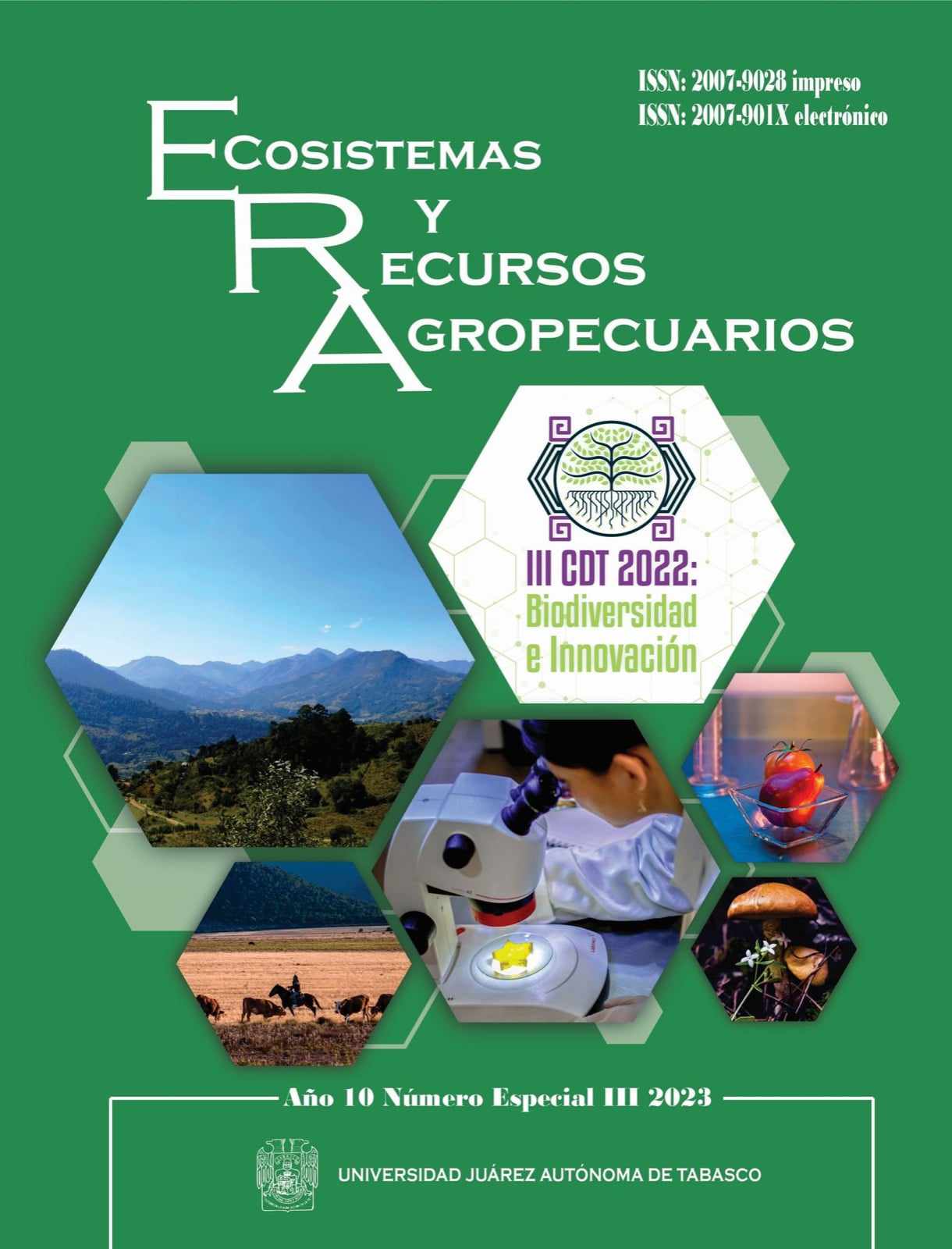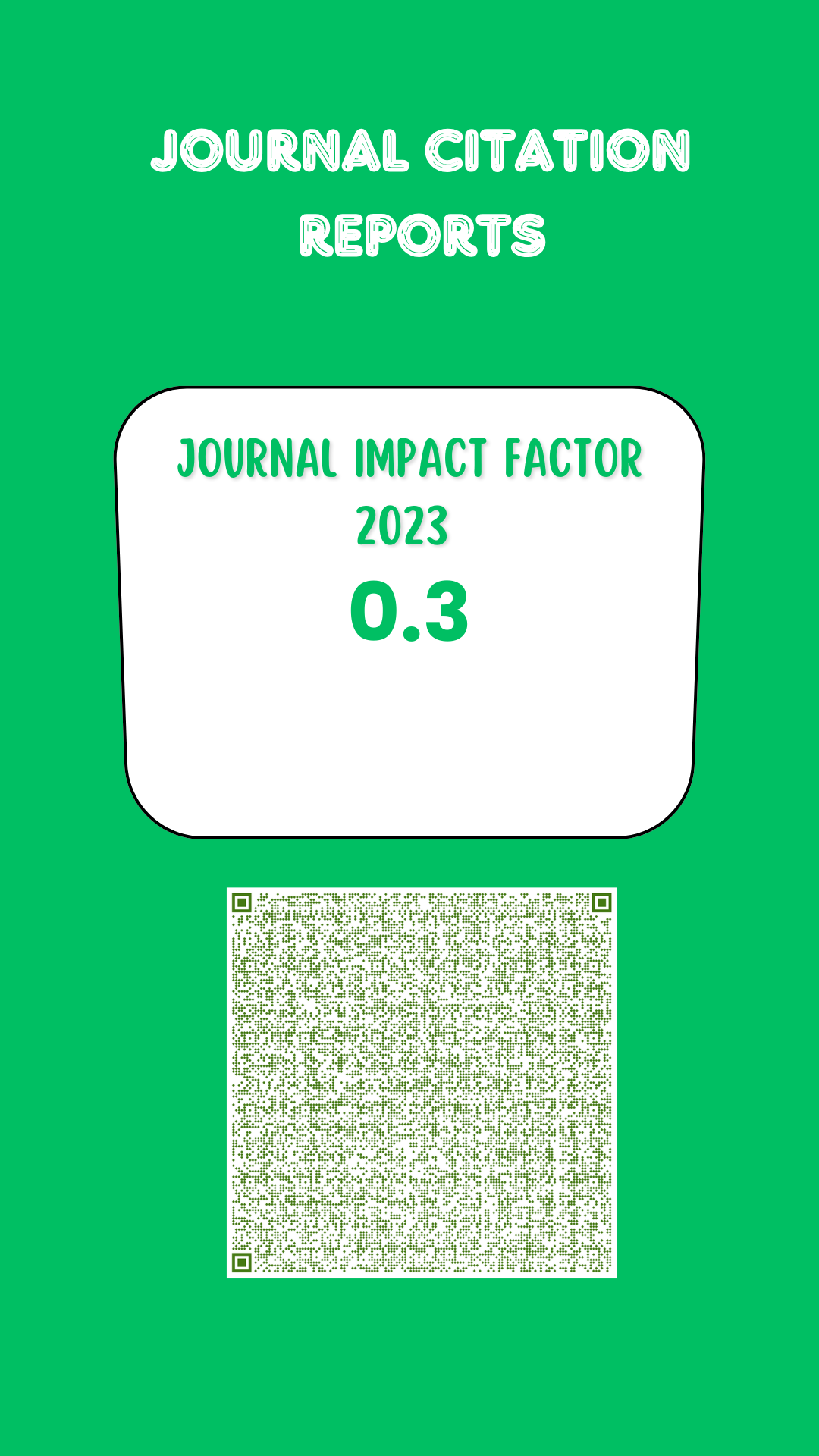Chemical compounds, antioxidant and antimicrobial capacity of two methanolic extracts of Agave Angustifolia leaves
DOI:
https://doi.org/10.19136/era.a10nNEIII.3644Keywords:
Agave, Bioactive compounds, Biological potential, Extraction methodsAbstract
Agave angustifolia is a plant used in folk medicine against different health conditions, however, its main use as alcoholic beverages raw material. In this process, the leaves are discarded, representing 50 % of the plant weight, which are considered byproducts. Considering the medicinal purposes, these byproducts could be used for extract obtention by using different methods and determining their biological potential. The objective of this research was to evaluate the content of bioactive compounds, antioxidant and antimicrobial activity of A. angustifolia leaves extract obtained by two extraction methods. Methanolic extracts were performed from A. angustifolia leaves through sonication and soxhlet methods. The content of total phenols, total flavonoids, hydrolyzable, condensed tannins, and saponins were quantified. Antioxidant activity was performed by the DPPH, ABTS, and FRAP methods. Bactericidal activity was evaluated against 10 pathogens using the growth plate method. Generally, the obtained results showed that the extraction method did not affect (p>0.05) the concentration of bioactive compounds. Similar results were obtained in the free radicals scavenged activity (p>0.05). However, the reducing potential was increased by the sonication method. The antimicrobial evaluation showed that the extract obtained by the soxhlet method increased the antimicrobial effect. A. angustifolia is a natural source of bioactive compounds, which, are not modified for the extraction methods tested, however, the biological potential could be affected.
Downloads
Downloads
Published
Issue
Section
License
Copyright (c) 2023 Ecosistemas y Recursos Agropecuarios

This work is licensed under a Creative Commons Attribution-NonCommercial-ShareAlike 4.0 International License.
Aviso de copyright
Los autores que se envían a esta revista aceptan los siguientes términos:
una. Los autores conservan los derechos de autor y garantizan a la revista el derecho a ser la primera publicación del trabajo con una licencia de atribución de Creative Commons que permite a otros compartir el trabajo con un reconocimiento de la autoría del trabajo y la publicación inicial en esta revista.
B. Los autores pueden establecer acuerdos complementarios separados para la distribución no exclusiva de la versión del trabajo publicado en la revista (por ejemplo, en un repositorio institucional o publicarlo en un libro), con un reconocimiento de su publicación inicial en esta revista.
C. Se permite y se anima a los autores a difundir su trabajo electrónicamente (por ejemplo, en repositorios institucionales o en su propio sitio web) antes y durante el proceso de envío, ya que puede conducir a intercambios productivos, así como a una cita más temprana y más extensa del trabajo publicado. (Consulte El efecto del acceso abierto).



